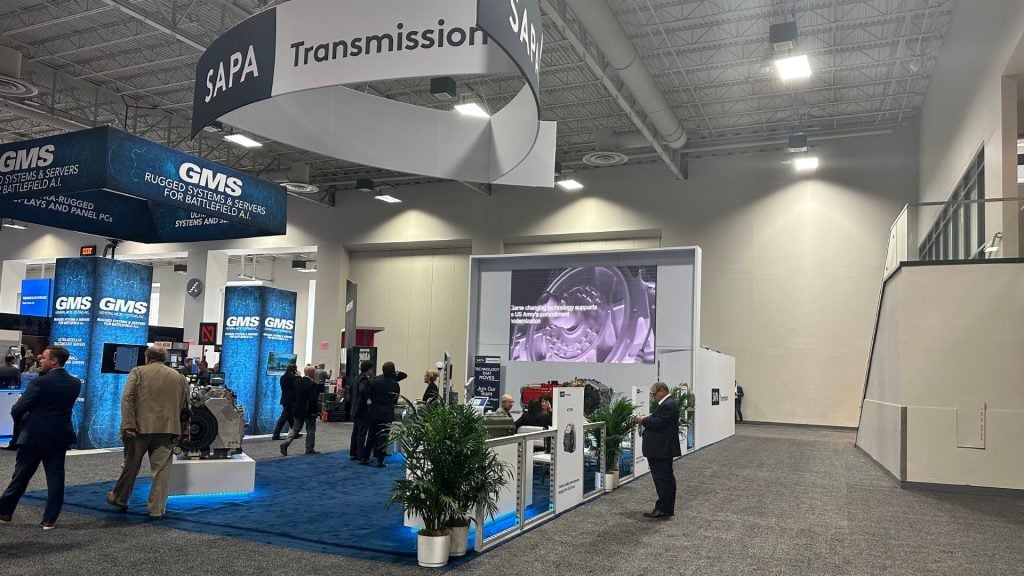
Introduction
In the competitive world of trade shows, capturing and maintaining visitor attention is paramount. Kinetic design, which incorporates movement into trade show displays, offers an innovative way to stand out. This dynamic approach not only attracts attendees but also creates memorable experiences that can enhance brand recall and engagement. This blog explores the principles of kinetic design, its benefits, and practical ways to integrate movement into your trade show displays.
1. Understanding Kinetic Design:
Definition and Concept: Kinetic design involves incorporating elements of motion into display structures. This can range from simple mechanical movements to advanced interactive technologies.
- Mechanical Movement: Uses gears, pulleys, and other mechanisms to create movement.
- Digital Movement: Incorporates screens, projectors, and other digital tools to create dynamic visual effects.
- Interactive Movement: Engages visitors directly through touch or motion sensors, creating an interactive experience.
Why Movement Matters: Movement naturally draws the human eye, making kinetic displays highly effective at capturing attention in busy trade show environments.
- Increased Engagement: Dynamic displays encourage visitors to stop and explore, increasing dwell time at your booth.
- Enhanced Storytelling: Movement can be used to tell a story or demonstrate a product in action, making complex concepts easier to understand.
- Memorable Impressions: Kinetic elements create memorable experiences that stick with visitors long after the event.
2. Benefits of Kinetic Design in Trade Shows:
Attracting Attention: In a sea of static booths, moving displays stand out and attract visitors from across the exhibition hall.
- Visual Appeal: Movement adds a layer of visual intrigue that static displays cannot match.
- Interactive Appeal: Interactive kinetic elements engage visitors more deeply, encouraging them to spend more time at your booth.
Creating Engagement: Kinetic design transforms passive viewing into active engagement, fostering deeper connections with your audience.
- Interactive Experiences: Touchscreens, motion sensors, and AR/VR elements invite visitors to interact directly with the display.
- Demonstration of Products: Moving parts can effectively demonstrate product features and benefits in a more engaging manner.
Enhancing Brand Recall: Dynamic and interactive experiences are more likely to be remembered, enhancing brand recall and post-event follow-up opportunities.
- Memorable Impressions: Visitors are more likely to remember a booth that offered a unique, interactive experience.
- Social Media Sharing: Eye-catching kinetic displays are more likely to be shared on social media, extending your reach beyond the event.
3. Practical Ways to Incorporate Movement in Your Displays:
Mechanical Kinetics: Simple mechanical movements can create a significant impact.
- Rotating Signage: Use rotating signs or banners to draw attention to your brand or key messages.
- Moving Models: Incorporate moving models or product demonstrations to showcase features in action.
Digital Kinetics: Digital technology offers endless possibilities for incorporating movement.
- LED Screens: Use large LED screens to display dynamic content, from animated logos to product videos.
- Projection Mapping: Project images or videos onto surfaces to create moving visuals that interact with the physical space.
Interactive Kinetics: Engage visitors directly with interactive movement elements.
- Touchscreens and Tablets: Allow visitors to interact with digital content through touch screens or tablets.
- Motion Sensors: Use motion sensors to trigger animations or effects as visitors approach or interact with the display.
4. Tips for Implementing Kinetic Design:
Start with a Clear Concept: Define the purpose of incorporating movement. Whether it’s to demonstrate a product, tell a story, or simply attract attention, having a clear concept will guide your design choices.
Balance Movement and Function: Ensure that the kinetic elements enhance, rather than distract from, your core message. Movement should be purposeful and aligned with your brand’s goals.
Consider Practicality: Think about the logistics of setting up and maintaining moving elements. Ensure that the mechanical and digital components are reliable and easy to operate.
Engage the Senses: Combine movement with other sensory elements like sound, light, and touch to create a multi-sensory experience that fully engages visitors.
Conclusion:
Kinetic design offers a powerful way to enhance trade show displays, creating engaging, memorable experiences that capture and retain visitor attention. By incorporating movement through mechanical, digital, and interactive elements, exhibitors can stand out in crowded exhibition spaces, effectively communicate their messages, and leave a lasting impression on their audience. As technology continues to evolve, the possibilities for kinetic design in trade shows will only expand, offering exciting new opportunities for innovation and creativity. Embracing kinetic design not only showcases a brand’s forward-thinking approach but also provides visitors with an immersive, dynamic experience that sets the stage for meaningful connections and business success.


 Global
Global Europe
Europe

